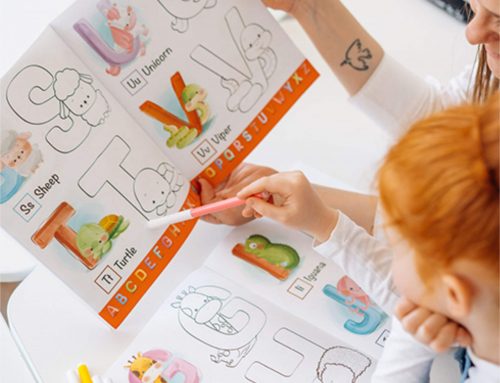Speech Rate: When to Tell Your Child to “Slow Down,” and When Not To

There are a number of strategies related to improving fluency for stuttering individuals. Many fluency modification techniques include modifying and reducing speech rate. However, rate modification techniques do not mean telling your child to “slow down.” For many children who stutter, hearing “slow down” becomes an emotional trigger for anxiety.
Stuttering can present itself in a number of different ways. This may be repetitions of sounds or parts of words, or the inability to produce sound when trying to speak. This may also present itself as fast speech rate.
Because of the variability in presentation, there is a wide variety of strategies that children and adults who stutter use to increase fluency. For example, Light Contacts involve gently using the structures in the mouth to produce sounds. Easy Onsets involve lightly starting vocalization in the beginning of a sentence or word.
Some individuals specifically target rate modification as a strategy to increase fluency. For those kids and teens, it is best instead to promote their awareness of their speech rate. Model a slower rate in your responses. You can also prompt your child in a number of ways to reflect on their own speech rate: “How fast do you feel like your words are?” or for older teens, “What do you think of your rate right now?” 
Other ways to practice speech rate—and any fluency-increasing strategy—may involve reading out loud, or repeating short lines (usually this means 3-6 words). This may be, for instance, reading the lyrics to a song out loud using a modified, slowed rate. You can practice this skill at home and help your child reflect on their rate of speech. Reading short sentences like this helps your child narrow his or her focus entirely on the rate of speech, instead of attending to this in the context of trying to formulate a sentence that is grammatically correct, relevant, etc.
However, above all, it is important to continue to bolster your child’s confidence. Constantly having your child reflect on his speech rate or her fluency will teach them that their words are only important if they are fluent—when, in reality, everyone has moments of disfluency, even individuals who do not have a stutter. Try to limit, at least in the beginning, to setting out a specific time during the day or week to practice fluency techniques, and otherwise be patient. Your child will learn then that, while practicing is important, his words and her stories are just as valuable to you when they are “bumpy” as when they are “smooth.”

Eyas Landing is a therapy clinic with a mission to provide evidence-based and family-centered therapy services for children, adolescents, and their families. The primary goal is to deliver relationship-based interventions within the most natural environments and to empower families to reach their full potential. To achieve this goal, our highly educated, compassionate staff dedicates time and expertise to create experiences that maximize therapeutic outcomes. The strength, determination, and perseverance of our clients are evident as they succeed in therapy, and ultimately in their daily lives.
Eyas Landing offers a wide range of comprehensive services including Speech Therapy, Occupational Therapy, Physical Therapy, ABA Therapy, Social Work, Family Therapy, and Neuropsych testing. Services are provided throughout the Chicagoland area via Telehealth, In-Home, and in our state of the art clinic.
Want to learn more or you have a specific question? Feel free to connect with us here!



